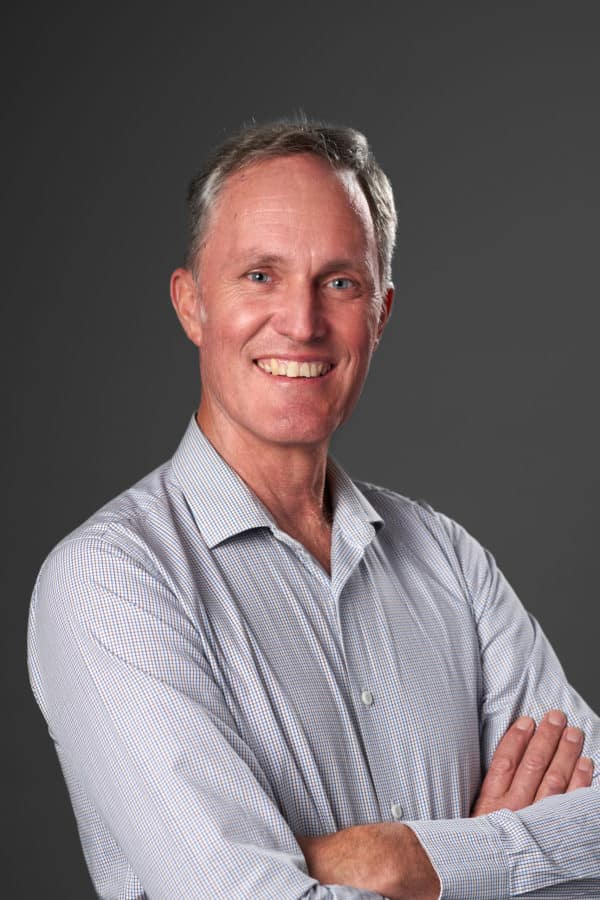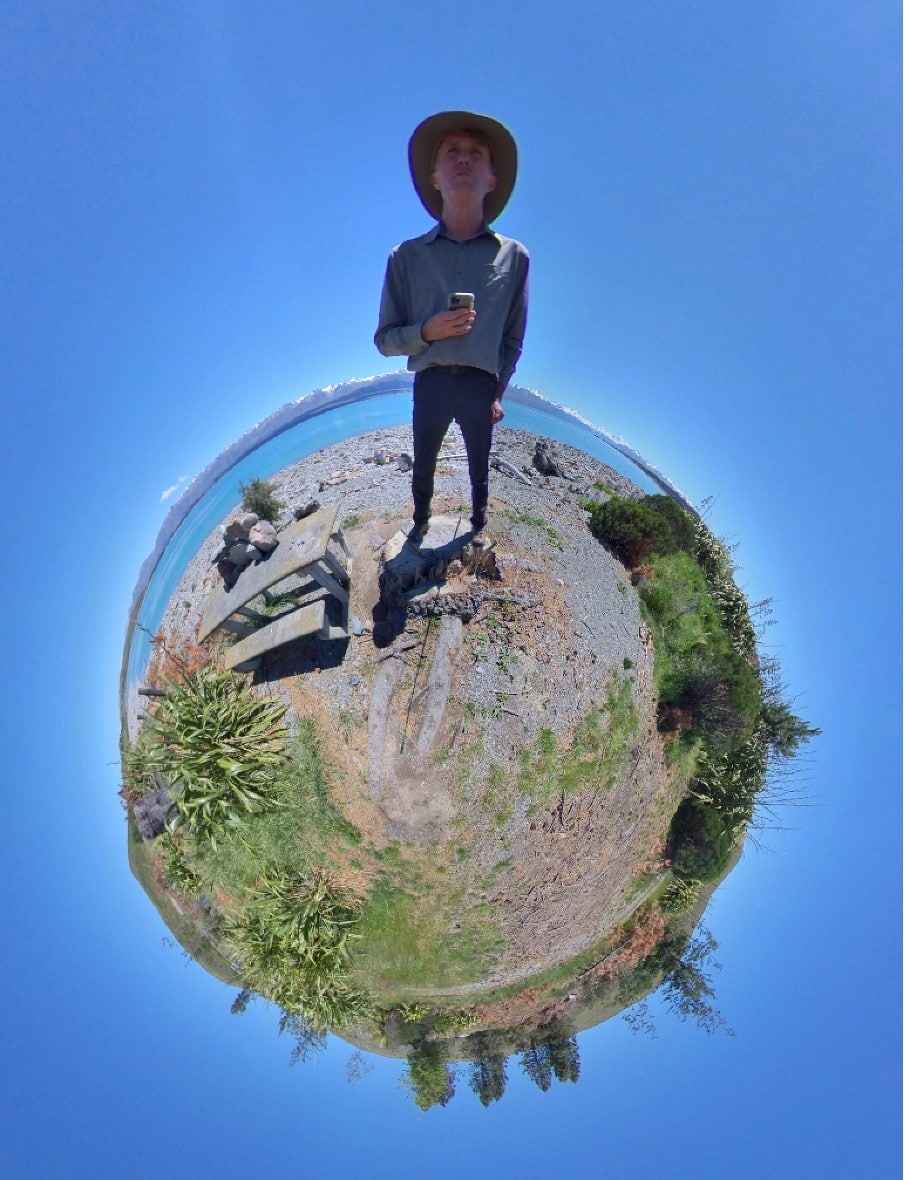I support councils to develop clear policy and guidelines for managing public activities on public land. I do this by supporting council officers to manage natural and built assets, ensuring they are maintained and managed in a sustainable manner. This support includes helping council staff to grow and broaden their knowledge to manage people, activities, experiences and the natural environment.
This support includes mapping of reserves, recording assets for future renewal or replacement, asset management, and supporting public access to open spaces including the restoration of open space areas. In particular, I develop strategies to support the provision of open spaces for recreation, conservation, and health and well-being outcomes.
You can contact me for help with
- Reserve management plans
- Guidance for commercial activities and events on public land
- Developing guidelines and policies easily implemented and understood by those working in the field
- Aerial mapping
- Operational support
My expertise
I have over 40 years’ experience working in parks, reserves and the outdoors. Beginning as a ranger with Auckland Regional Parks, I have also worked for the Department of Conservation, Wellington Regional Parks, as a wilderness tour guide in South Westland, and a coastal restoration officer in the Bay of Plenty.
Throughout my career, I have worked in operational roles transitioning to a policy planning focus, to support councils and organisations with outdoor spaces. Having both operational and planning and policy experience gives me a greater understanding of people, places and issues.
Qualifications
- Bachelor of Parks and Recreation Management, Lincoln University
- Traffic Control Management, Level 1 Basic TC
- Quantified Tree Risk Assessment System – Registered User
Accreditation
- Accredited Recreation Professional, ARPro
- Certificate of Competency Remotely Piloted Aircraft Systems, Endorsed Multi-Rotor (Drones), School of Aviation, Massey University
Xyst in action
While experience is instrumental for finding solutions, embracing new ideas and technology is also a strong way to move forward. I have embraced the use of drones for obtaining updated aerials of reserves, panoramas and points of interest. Drones are a very useful tool for providing images from a high or different perspective. They can quickly gather reserve data images that allow for the creation of development plans or new maintenance plans.
This new insight has provided councillors and officers with an overview of a reserve within its landscape and how these interact with the wider surrounding community. This information can include hydrology, typography, vegetation layers, geological features, public use, built assets, maintained assets, pest control programme information, sites of significance and more. It has proved invaluable in our work and for the councils we support.


